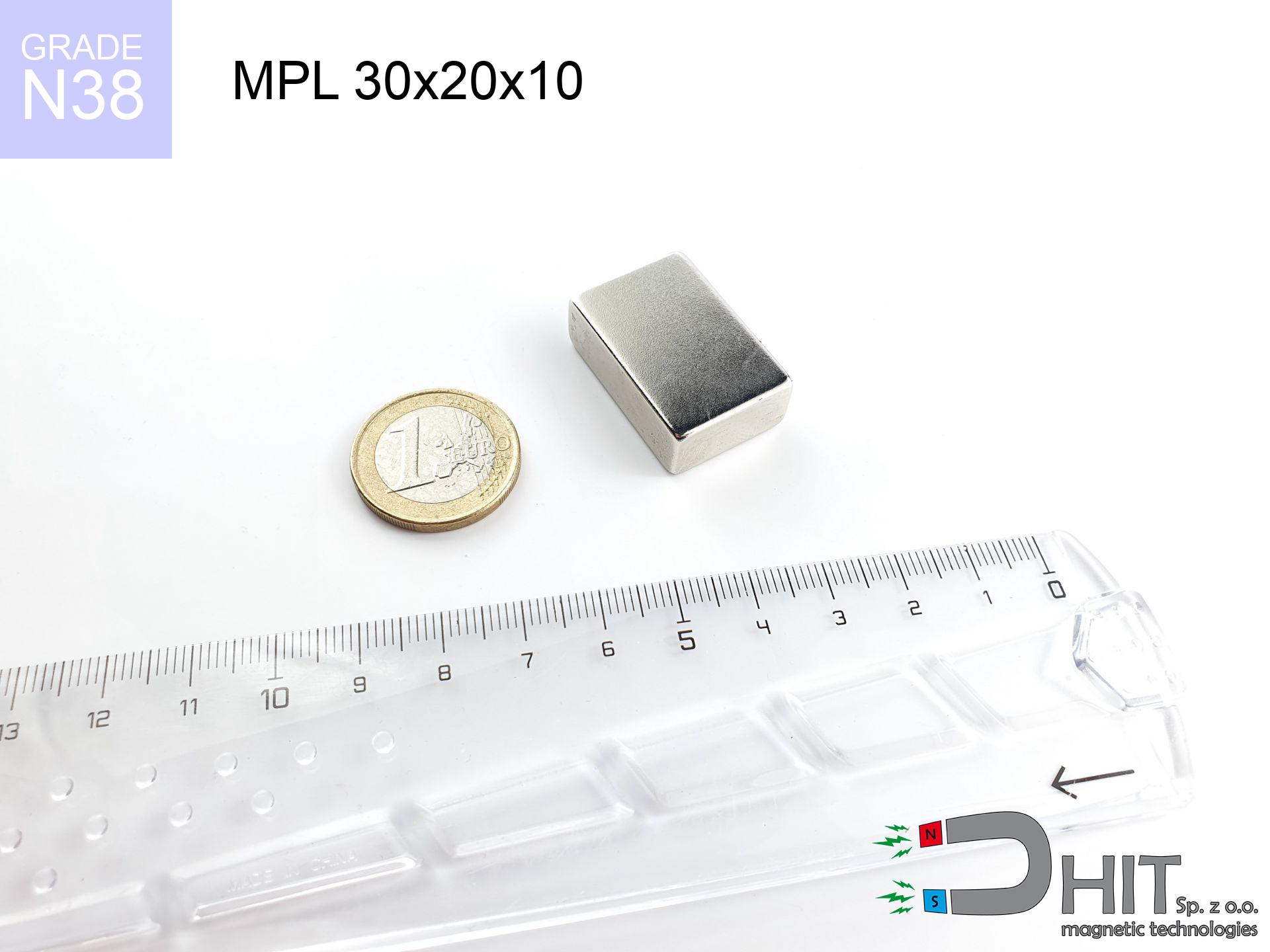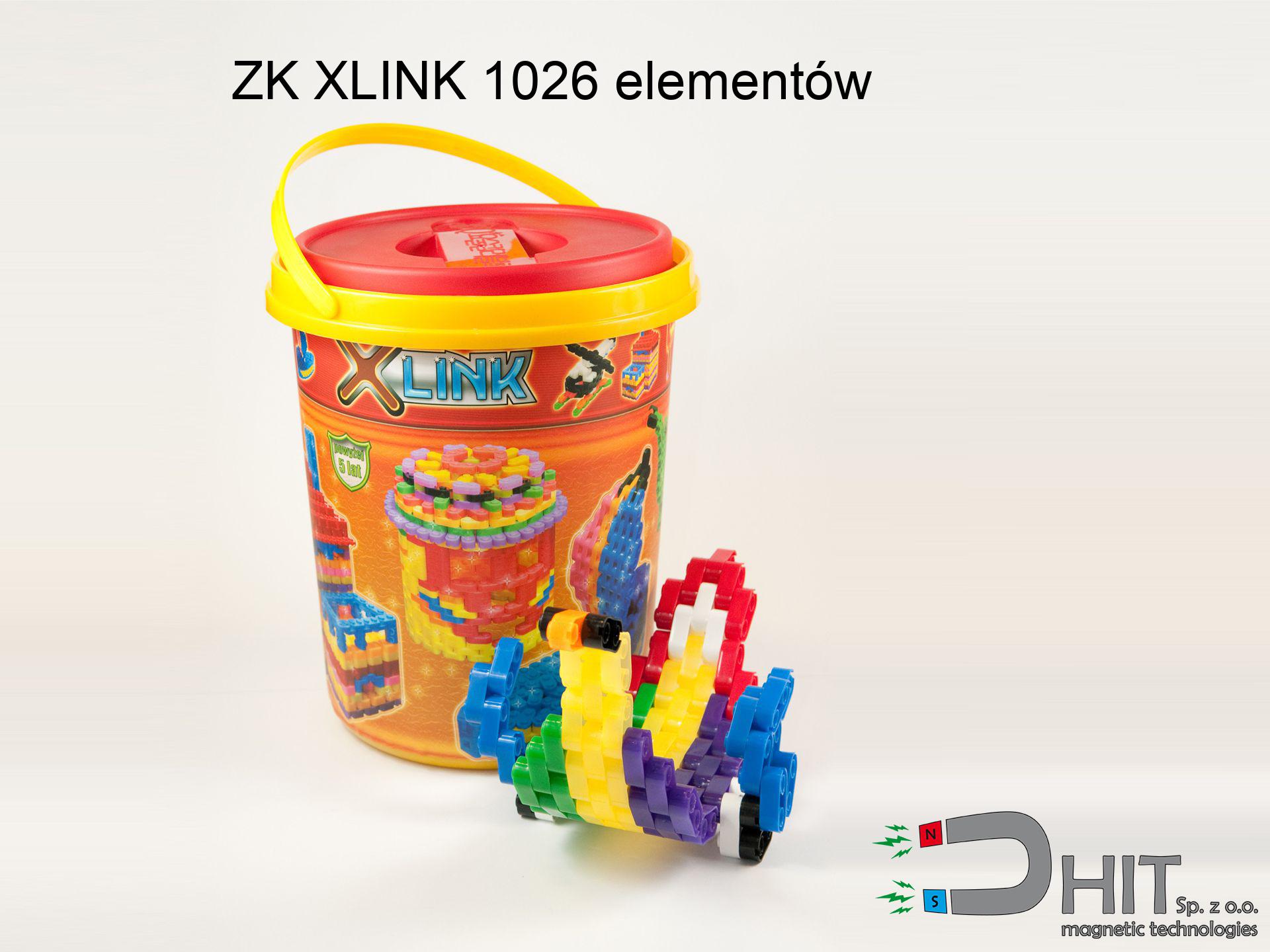SM 32x200 [2xM8] / N42 - magnetic separator
magnetic separator
Catalog no 130298
GTIN/EAN: 5906301812913
Diameter Ø
32 mm [±1 mm]
Height
200 mm [±1 mm]
Weight
1070 g
Magnetic Flux
~ 8 000 Gauss [±5%]
602.70 ZŁ with VAT / pcs + price for transport
490.00 ZŁ net + 23% VAT / pcs
bulk discounts:
Need more?
Pick up the phone and ask
+48 888 99 98 98
otherwise get in touch via
request form
the contact form page.
Specifications as well as shape of a magnet can be reviewed with our
modular calculator.
Same-day shipping for orders placed before 14:00.
Product card - SM 32x200 [2xM8] / N42 - magnetic separator
Specification / characteristics - SM 32x200 [2xM8] / N42 - magnetic separator
| properties | values |
|---|---|
| Cat. no. | 130298 |
| GTIN/EAN | 5906301812913 |
| Production/Distribution | Dhit sp. z o.o. |
| Country of origin | Poland / China / Germany |
| Customs code | 85059029 |
| Diameter Ø | 32 mm [±1 mm] |
| Height | 200 mm [±1 mm] |
| Weight | 1070 g |
| Material Type | Stainless steel AISI 304 / A2 |
| Magnetic Flux | ~ 8 000 Gauss [±5%] |
| Size/Mount Quantity | 2xM8 |
| Polarity | circumferential - 7 poles |
| Casing Tube Thickness | 1 mm |
| Manufacturing Tolerance | ±1 mm |
Magnetic properties of material N42
| properties | values | units |
|---|---|---|
| remenance Br [min. - max.] ? | 12.9-13.2 | kGs |
| remenance Br [min. - max.] ? | 1290-1320 | mT |
| coercivity bHc ? | 10.8-12.0 | kOe |
| coercivity bHc ? | 860-955 | kA/m |
| actual internal force iHc | ≥ 12 | kOe |
| actual internal force iHc | ≥ 955 | kA/m |
| energy density [min. - max.] ? | 40-42 | BH max MGOe |
| energy density [min. - max.] ? | 318-334 | BH max KJ/m |
| max. temperature ? | ≤ 80 | °C |
Physical properties of sintered neodymium magnets Nd2Fe14B at 20°C
| properties | values | units |
|---|---|---|
| Vickers hardness | ≥550 | Hv |
| Density | ≥7.4 | g/cm3 |
| Curie Temperature TC | 312 - 380 | °C |
| Curie Temperature TF | 593 - 716 | °F |
| Specific resistance | 150 | μΩ⋅cm |
| Bending strength | 250 | MPa |
| Compressive strength | 1000~1100 | MPa |
| Thermal expansion parallel (∥) to orientation (M) | (3-4) x 10-6 | °C-1 |
| Thermal expansion perpendicular (⊥) to orientation (M) | -(1-3) x 10-6 | °C-1 |
| Young's modulus | 1.7 x 104 | kg/mm² |
Table 1: Rod construction
SM 32x200 [2xM8] / N42
| Parameter | Value | Description / Unit |
|---|---|---|
| Diameter (Ø) | 32 | mm |
| Total length | 200 | mm (L) |
| Active length | 164 | mm |
| Section count | 7 | modules |
| Dead zone | 36 | mm (2x 18mm starter) |
| Weight (est.) | ~1222 | g |
| Active area | 165 | cm² (Area) |
| Housing material | AISI 304 | 1.4301 (Inox) |
| Surface finish | Ra < 0.8 µm | Polished |
| Temp. class | 80°C | Standard (N) |
| Force loss (at max °C) | -12.8% | Reversible loss (physics) |
| Force (calculated) | 17.3 | kg (theor.) |
| Induction (surface) | ~6 500 | Gauss (Max) |
Chart 2: Field profile (7 sections)
Chart 3: Temperature performance
Elemental analysis
| iron (Fe) | 64% – 68% |
| neodymium (Nd) | 29% – 32% |
| boron (B) | 1.1% – 1.2% |
| dysprosium (Dy) | 0.5% – 2.0% |
| coating (Ni-Cu-Ni) | < 0.05% |
Environmental data
| recyclability (EoL) | 100% |
| recycled raw materials | ~10% (pre-cons) |
| carbon footprint | low / zredukowany |
| waste code (EWC) | 16 02 16 |
See also products
Pros as well as cons of rare earth magnets.
Strengths
- They have constant strength, and over around ten years their performance decreases symbolically – ~1% (in testing),
- Neodymium magnets are extremely resistant to magnetic field loss caused by external field sources,
- The use of an metallic finish of noble metals (nickel, gold, silver) causes the element to look better,
- The surface of neodymium magnets generates a concentrated magnetic field – this is a key feature,
- Thanks to resistance to high temperature, they can operate (depending on the form) even at temperatures up to 230°C and higher...
- Thanks to freedom in forming and the ability to adapt to unusual requirements,
- Versatile presence in advanced technology sectors – they find application in HDD drives, drive modules, medical devices, also modern systems.
- Relatively small size with high pulling force – neodymium magnets offer strong magnetic field in compact dimensions, which enables their usage in small systems
Disadvantages
- Susceptibility to cracking is one of their disadvantages. Upon intense impact they can break. We recommend keeping them in a steel housing, which not only secures them against impacts but also raises their durability
- Neodymium magnets lose their force under the influence of heating. As soon as 80°C is exceeded, many of them start losing their force. Therefore, we recommend our special magnets marked [AH], which maintain stability even at temperatures up to 230°C
- They rust in a humid environment. For use outdoors we recommend using waterproof magnets e.g. in rubber, plastic
- Due to limitations in realizing threads and complex shapes in magnets, we recommend using cover - magnetic mount.
- Health risk resulting from small fragments of magnets are risky, in case of ingestion, which becomes key in the aspect of protecting the youngest. Additionally, small components of these magnets can complicate diagnosis medical in case of swallowing.
- Higher cost of purchase is one of the disadvantages compared to ceramic magnets, especially in budget applications
Holding force characteristics
Best holding force of the magnet in ideal parameters – what affects it?
- on a block made of structural steel, perfectly concentrating the magnetic flux
- with a thickness minimum 10 mm
- with an ground touching surface
- without the slightest air gap between the magnet and steel
- under vertical force direction (90-degree angle)
- at room temperature
Impact of factors on magnetic holding capacity in practice
- Space between magnet and steel – every millimeter of distance (caused e.g. by varnish or unevenness) significantly weakens the magnet efficiency, often by half at just 0.5 mm.
- Force direction – catalog parameter refers to pulling vertically. When attempting to slide, the magnet exhibits much less (typically approx. 20-30% of nominal force).
- Metal thickness – thin material does not allow full use of the magnet. Magnetic flux penetrates through instead of generating force.
- Material composition – different alloys reacts the same. High carbon content weaken the interaction with the magnet.
- Surface finish – full contact is obtained only on polished steel. Rough texture reduce the real contact area, reducing force.
- Temperature influence – high temperature reduces magnetic field. Exceeding the limit temperature can permanently demagnetize the magnet.
Lifting capacity was assessed by applying a polished steel plate of optimal thickness (min. 20 mm), under vertically applied force, in contrast under attempts to slide the magnet the holding force is lower. Additionally, even a small distance between the magnet and the plate lowers the load capacity.
Warnings
Medical interference
Warning for patients: Strong magnetic fields affect medical devices. Keep minimum 30 cm distance or request help to handle the magnets.
Do not give to children
Adult use only. Tiny parts can be swallowed, causing severe trauma. Store away from kids and pets.
Phone sensors
An intense magnetic field interferes with the functioning of magnetometers in smartphones and navigation systems. Keep magnets close to a smartphone to avoid breaking the sensors.
Electronic devices
Powerful magnetic fields can erase data on payment cards, hard drives, and storage devices. Stay away of at least 10 cm.
Safe operation
Before use, check safety instructions. Sudden snapping can break the magnet or injure your hand. Think ahead.
Crushing force
Pinching hazard: The attraction force is so great that it can result in hematomas, crushing, and even bone fractures. Use thick gloves.
Fragile material
Despite metallic appearance, the material is brittle and not impact-resistant. Avoid impacts, as the magnet may shatter into hazardous fragments.
Demagnetization risk
Avoid heat. Neodymium magnets are susceptible to temperature. If you require operation above 80°C, ask us about special high-temperature series (H, SH, UH).
Avoid contact if allergic
Studies show that nickel (the usual finish) is a strong allergen. For allergy sufferers, refrain from touching magnets with bare hands and choose versions in plastic housing.
Dust explosion hazard
Combustion risk: Rare earth powder is highly flammable. Avoid machining magnets in home conditions as this risks ignition.

![Magnetic bar SM 32x200 [2xM8] / N42 Magnetic bar SM 32x200 [2xM8] / N42](https://cdn3.dhit.pl/graphics/banners/magnet.webp)
![SM 32x200 [2xM8] / N42 - magnetic separator](https://cdn3.dhit.pl/graphics/products/sm-32x200-2xm8-fub.jpg)



![SM 32x475 [2xM8] / N42 - magnetic separator SM 32x475 [2xM8] / N42 - magnetic separator](https://cdn3.dhit.pl/graphics/products/sm-32x475-2xm8-jot.jpg)

